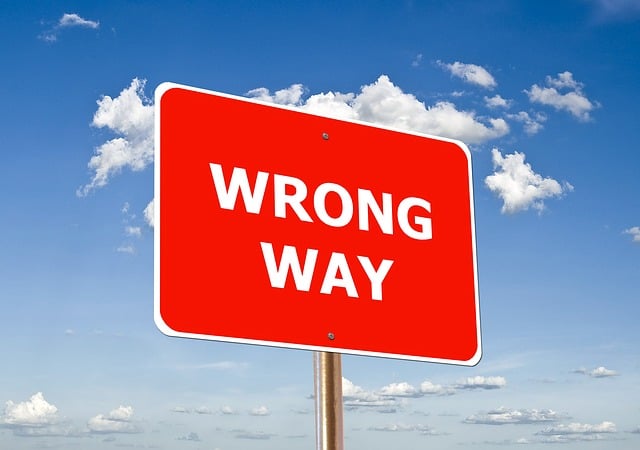[IP Academy] Analysis of common misunderstandings in the layout of enterprise trademarks
 2025-05-22
2025-05-22
In the process of serving global customers, the CANTOOP team found that many companies have common misunderstandings in trademark layout. Myth 1: Emphasis on registration over monitoring. According to the data, 83% of trademark disputes stem from the failure to establish an effective monitoring mechanism, and a technology company was forced to postpone the brand upgrade for half a year due to failure to find similar trademarks in time. Myth 2: Incomplete geographical coverage. An export enterprise only registered trademarks in its own country and major exporting countries, but encountered preemptive registration in the transshipment country and finally paid a transfer fee of up to 20 times the original registration fee. Myth 3: Single category selection. A food brand was not registered in the packaging design category, resulting in the specialty packaging being legally imitated by competitors.In response to these pain points, it is recommended that enterprises establish a "three early" protection system: early search, global trademark screening at the product development stage; early layout, through the Madrid system to achieve full coverage of the core market; Early defense, protective registration in associated categories and potential business areas. CANTOOP recently assisted a smart home company in formulating a "trademark matrix" plan, which not only covers 9 categories involved in existing business, but also predicts the future technology direction and registers 5 additional categories, building a three-dimensional protection net.In particular, the review criteria vary significantly between jurisdictions. For example, the United States emphasizes evidence of actual use of trademarks, while the European Union has extremely high requirements for distinctiveness of figurative marks. In the Middle East, the accuracy of Arabic translations directly impacts registration success. The CANTOOP Dubai team handled a typical case where a Chinese brand was rejected due to ambiguity in Arabic translation, and was successfully approved for registration after being adjusted by professional linguists. With the vigorous development of cross-border e-commerce, enterprises need to pay more attention to the connection between platform rules and local laws to avoid risks in advance.
 Back to Home
Back to Home
 Home >
News >
IP Academy >
[IP Academy] Analysis of common misunderstandings in the layout of enterprise trademarks
Home >
News >
IP Academy >
[IP Academy] Analysis of common misunderstandings in the layout of enterprise trademarks
 2025-05-22
2025-05-22